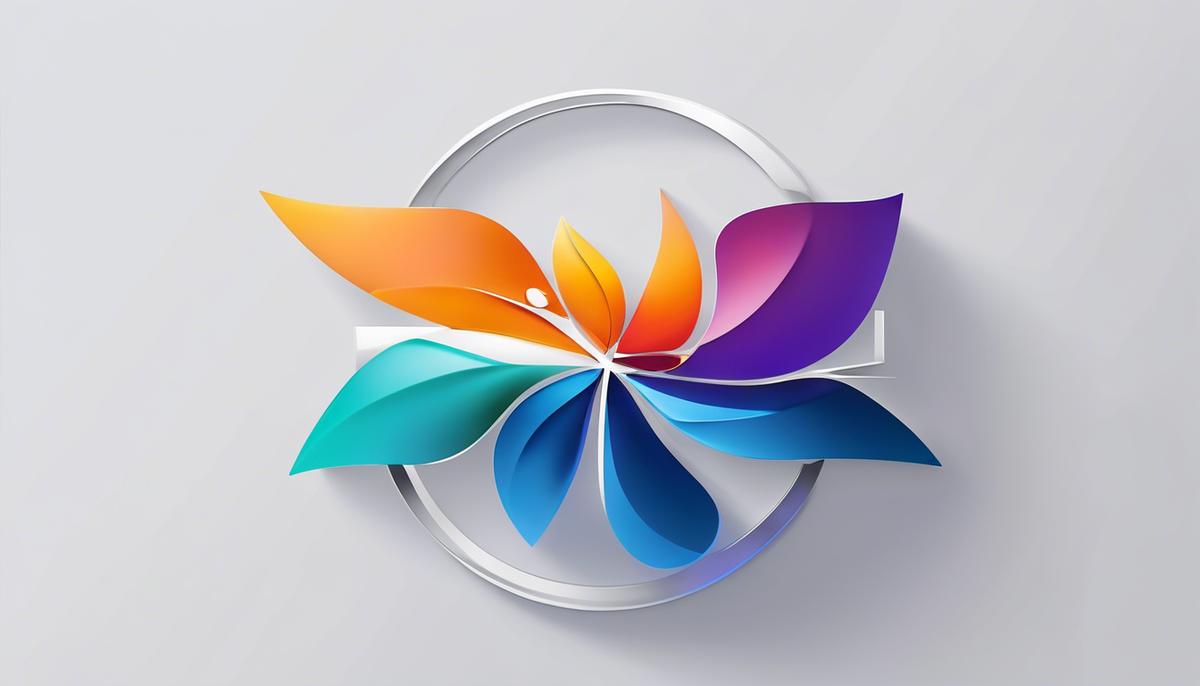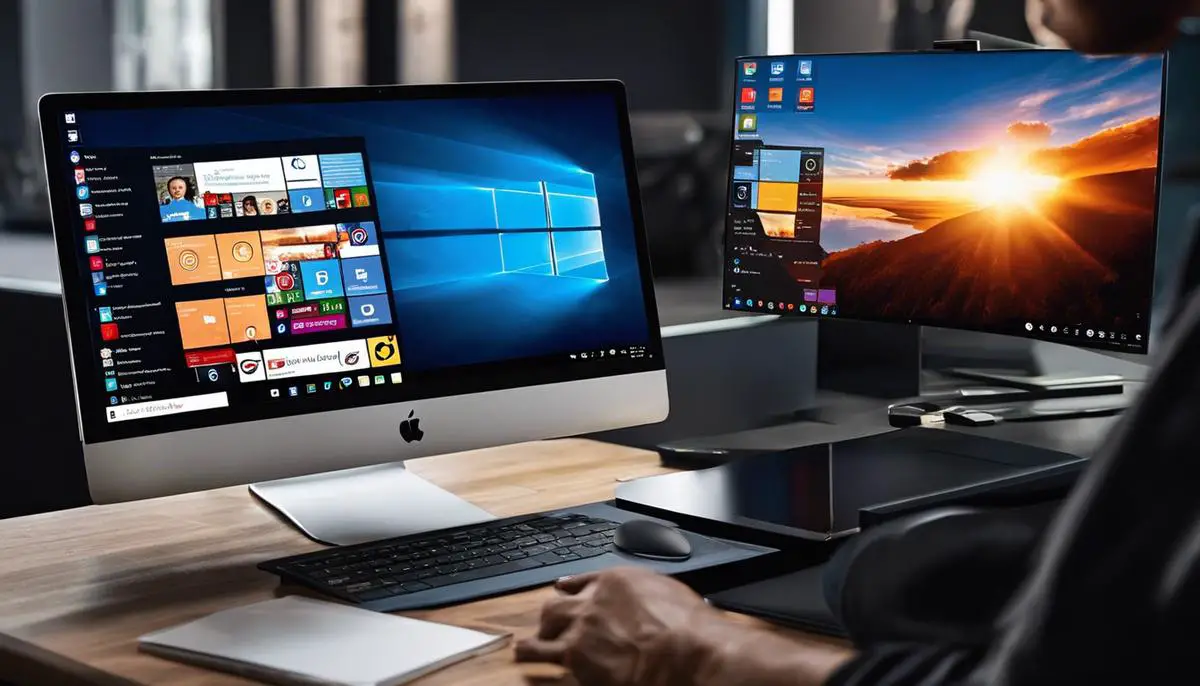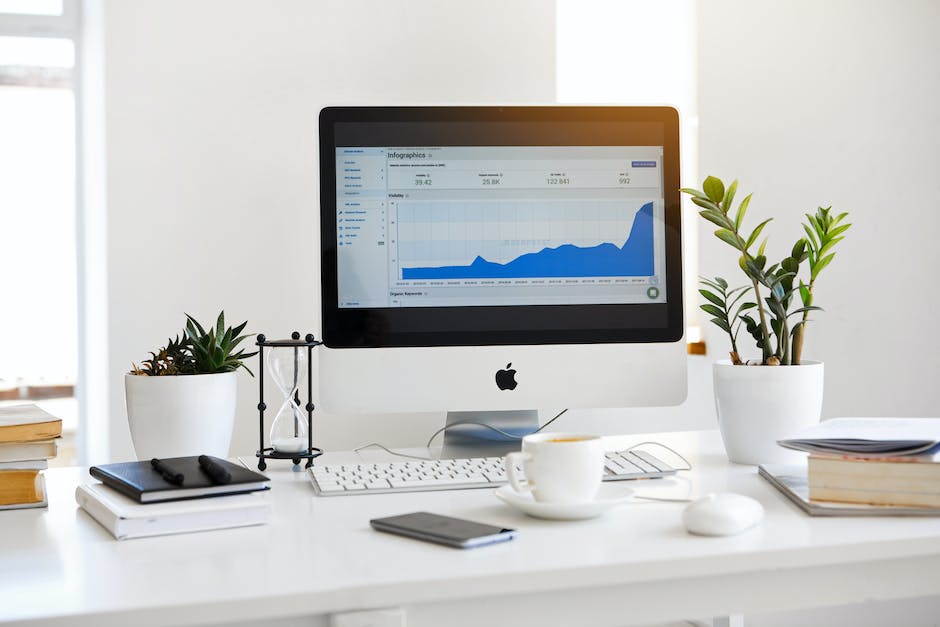Embarking on the journey of discovery through the digital landscapes of Windows 11, we uncover a myriad of advancements and enhancements that reshape our interaction with technology. This essay navigates the waters of Microsoft’s latest operating system, anchored in innovative prowess and designed with the modern user in mind. From the sleek and intuitive User Interface that promises a visual feast for the eyes to the smarter multitasking capabilities with revolutionary Snap Layouts and Groups, Windows 11 not only elevates the user experience but also redefines productivity and performance. The seamless integration of Touch, Pen, and Voice inputs further solidifies its position as a versatile tool for a diverse array of users. By dissecting these features and juxtaposing them with their predecessors, we gain insight into the evolution of Windows and its ever-growing potential to empower our daily digital endeavors.
New Features and Enhancements
Windows 11 Unveils Groundbreaking Features for the Modern User
Microsoft’s latest operating system, Windows 11, arrives with a suite of cutting-edge features designed to cater to productivity, creativity, and ease of use in a world increasingly reliant on digital technology. Boasting a fresh, clean design, Windows 11 leads with a centered Start menu, departing from the traditional corner placement, simplifying access and lending a modern touch to the user interface.
Snap Layouts and Snap Groups take multitasking efficiency to new heights. By hovering over the maximize button, users can choose from a range of layout options, snapping windows into place and optimizing screen real estate. Snap Groups further refine this experience by allowing users to return to their laid-out windows via the taskbar, streamlining the workflow process.
Virtual desktops are no stranger to power users, but Windows 11 revamps this functionality substantially. By providing easier toggling and customization, users can create distinct workspaces for various projects or purposes, tailoring their desktops to different aspects of their digital life, whether for work, personal use, or gaming.
Under the hood, Windows 11 integrates Auto HDR and DirectStorage, a boon for the gaming community. Auto HDR automatically improves the lighting and color in games, enhancing visual fidelity without the need for developers to retrofit their titles. DirectStorage, borrowed from the Xbox console, allows games to load assets directly to the graphics card, drastically reducing load times and boosting game performance.
For those immersed in the Microsoft ecosystem, the new OS offers enhanced Teams integration, making video conferencing and collaboration more accessible than ever. One can connect instantly with contacts via the taskbar, a nod towards the increasing demand for seamless remote communication.
Accessibility isn’t sidelined in this update. Microsoft introduces new tools and improvements to make Windows 11 usable for all. Features such as Voice Typing and Narrator upgrades are designed with better context understanding, making the OS inclusive and accommodating a wider array of needs.
Embedded within Windows 11’s framework is an emphasis on security. Redefined hardware requirements, including TPM 2.0 (Trusted Platform Module), evoke some controversy yet underscore a commitment to safeguarding users from contemporary cybersecurity threats. By building on a foundation of Zero Trust principles, the system hardens defenses against data breaches and malware intrusions.
The redesigned Microsoft Store emerges as a unified marketplace, offering a variety of apps, including Android applications through Amazon’s Appstore integration. Users can discover and install a plethora of apps within a unified experience, enhancing productivity and entertainment options right from their desktop environment.
Windows 11 doesn’t just evolve its offerings; it sets the stage for future innovations with its support for newer, more efficient hardware and a layout reflective of today’s fluid digital interaction. Its forward-thinking features promise to keep users connected, protected, and productive in an evolving tech landscape.

System Requirements and Installation
Seamless Migration to Windows 11: A Guide for the Up-to-Date Tech Savvy
Transitioning to Windows 11 doesn’t have to be a disruptive leap—it can be a smooth stride forward for those ready to embrace the future of personal computing. With a host of new features making headlines, the promise of a more fluid and flexible user experience beckons. However, it’s crucial to approach this shift with informed intent, particularly for users accustomed to the traditions of Windows 10.
Before starting the upgrade, compatibility is paramount. The first step is to use the PC Health Check app to ensure that the hardware meets the minimum system requirements of Windows 11. If the device isn’t compatible, one may consider a hardware upgrade to join the new wave of computing.
Next, data protection is non-negotiable. Backing up important files and documents is a must-do before any system upgrade. Utilizing cloud services or an external drive ensures that personal data remains intact, no matter the outcome of the transition.
For those who thrive on the latest software, downloading the Windows 11 installation assistant will guide through the process methodically. It’s a user-friendly bridge to the new platform, offering a step-by-step walkthrough. Alternatively, for those who prefer a clean start, creating a bootable USB drive with the Windows 11 media creates the opportunity to install from scratch—a clean slate for the latest technology journey.
Once Windows 11 is in play, users should take the time to familiarize themselves with the new layout and features. Customizing the centered Start menu and taskbar will align more closely with user preferences, making the digital workspace truly one’s own.
For professionals and multitaskers, exploring the revamped Microsoft Teams is a must. The seamlessness with which one can move from deep work to collaborative projects proves invaluable in a hybrid work world.
While Windows 11 introduces numerous enhancements, it also stays true to its core functionality. Users will find comfort in the familiar while acquainting themselves with the novelties—like revamped window management features and advanced gaming capabilities like Auto HDR and DirectStorage, previously covered.
Continual updates are a given with any new operating system. Keeping the system updated ensures not only the best performance but also the highest security. With TPM 2.0 technology bolstering the security framework, users can operate with an added peace of mind.
In addition to these technical aspects, patience is a virtue during any transition. Adaptation takes time, and so does customization. Exploring the new design language and settings, delving into the Microsoft Store’s new offerings, and configuring systems to one’s exacting specifications will culminate in a wholly satisfying Windows 11 experience.
Tech enthusiasts should thrive on the forefront of digital trends, and migrating to Windows 11 is an exciting opportunity to stay ahead. It’s a shift that promises a renewed approach to personal and professional computing, building upon the tried and tested, redefining it for the modern era. With this guidance, users can step confidently into the new realm of Windows 11, equipped with a solid plan for a frictionless transition.

Security Features and Updates
Bolstering Device Defenses with Windows 11
Windows 11 has garnered attention not solely for its streamlined design and multitasking prowess but also for its significant strides in user security and data protection. Delving deeper into this operating system, one discovers robust security enhancements that fortify defenses against modern cyber threats.
A pivotal feature in this security repertoire is the requirement for Trusted Platform Module (TPM) version 2.0. This critical component is designed to secure hardware through integrated cryptographic keys, providing a formidable barrier against intrusion. With TPM 2.0, Windows 11 ensures that security and encryption protocols are embedded deep within the system’s architecture, offering peace of mind and a shield from unauthorized access.
Moreover, Windows 11 elevates security protocols through a concept referred to as ‘hardware-enforced stack protection’. This layer of defense operates by utilizing the computer’s hardware to protect the operating system from advanced attack techniques. By partnering with OEMs to implement this feature, Windows 11 can anticipate and counteract attempts to exploit memory safety vulnerabilities, thus acting as a sentinel for user data.
Another cornerstone of Windows 11’s security is the implementation of ‘Zero Trust’ principles. This security model operates on the axiom that nothing within or outside of the network is inherently secure. Consequently, users are treated with constant verification at every interaction point, ensuring that trust is never assumed and always verified. With continual authentication requirements and limited access privileges, this approach inherently minimizes the potential impact of breaches.
In a modern digital environment where phishing attacks are increasingly sophisticated, Windows 11 introduces enhanced phishing protection. Outlook, for instance, now offers more advanced scanning of links and attachments, scrutinizing for potential threats and promptly warning users of any detected risks.
Alongside these advancements, Windows 11 furnishes an upgraded version of Windows Hello, a biometric authentication system that promises a more secure and convenient method to unlock devices without the pitfalls of traditional passwords. By exploiting facial recognition, fingerprint scanning, and even eye scans, Windows Hello transforms the act of logging in into a non-intrusive yet highly secure procedure.
Data protection extends to the realm of wifi, where the OS includes Wifi 6 support with WPA3 encryption. This enables faster and more secure wireless connections, ensuring that data transmission over networks is safeguarded against eavesdropping and interference.
Finally, reflecting the shift towards remote work and increased use of private data networks, Windows 11 includes comprehensive support for virtualization-based security (VBS). This system creates isolated memory regions within the OS, ostensibly sealing off important parts of the operating system from compromise. In the event of a security breach, these isolated regions maintain their integrity, preventing attackers from gaining access to sensitive areas.
These enhancements are merely the tip of the iceberg in what Windows 11 brings to the table regarding security. The OS is a testament to Microsoft’s dedication to creating an environment where users can confidently navigate the digital landscape with minimized risk. While the evolutionary design changes might capture the immediate attention of users, it’s these pivotal security measures that fortify the operating system against a backdrop of ever-evolving threats.

Power Users and Productivity
Unlocking the Power of Windows 11: Advanced Features for the Savvy User
Windows 11 emerges as a digital bastion for power users, with advanced tactics that push the boundaries of productivity and system control. Its armory is stocked with features that not only enhance its usability but transform the way work is approached and executed. Here, we delve deep into what makes Windows 11 a treasured landscape for those who relish in commanding their computing environment with precision and expertise.
Dynamic Refresh Rate (DRR) and Efficiency Modes are sterling examples of Windows 11’s prowess. With DRR, users can bask in the seamless transitions between high refresh rates for fluid motion in active use and lower rates to conserve battery when immobile. This intelligent adaptation ensures peak performance where it counts, coupled with energy conservation where it’s beneficial.
Efficiency doesn’t halt with refresh rates; Windows 11 introduces an Efficiency mode that throttles resource-hungry applications. It actively redistributes system resources to prioritize active tasks, ensuring your workflow remains unimpeded by background processes. This self-regulatory environment makes multitasking a breeze, and for power users, efficiency is the bedrock of productivity.
Moving into command central, the Task Manager in Windows 11 has evolved. Now sporting a new, intuitive interface, it offers detailed insights into app resource usage and system health at a glance. Monitoring GPU temperature becomes effortless, allowing for instant checks to keep hardware in check. Additionally, the Task Manager not just presents data but empowers users to act, providing easy-to-access options for app prioritization and end tasks.
Windows 11 also courts those with a penchants for the command line and scripting. With an enhanced Windows Terminal, it brings a modern command-line experience, supporting multiple tabs and customization options. Power users can revel in the ability to deploy intricate shell commands, automate tasks through PowerShell, and configure the terminal to personal perfection.
Another gem lies in the seamless integration of the Linux kernel with the Windows Subsystem for Linux 2 (WSL 2). This bridging of two worlds allows the execution of a full Linux distribution within Windows. For developers and IT professionals, this spells the convergence of productivity and experimentation – running Linux-exclusive software alongside Windows applications without dual-booting or dedicated machines.
For those who breathe networking and security, Windows 11 taps into Hyper-V technology, offering robust virtualization capabilities. Users can create and manage virtual machines (VMs), providing sandboxes for testing software or building a secure, isolated environment for sensitive tasks. Utilizing VMs, one can test the impacts of system changes in a controlled space, a boon for any tech maestro’s routine.
Moreover, new File Explorer features embody what it means to have a command center at your fingertips. Tabbed browsing, akin to web browsers, introduces a more organized approach for power users who juggle numerous directories. Coupled with a revamped context menu, the efficiency of file management is heavily optimized, minimizing clicks and maximizing time for real productivity endeavors.
In the earnest pursuit of knowledge, the power user finds solace in the educator that is Windows 11. Tips and Tricks, nestled within the operating system, provide a perpetual stream of guidance, ensuring users remain at the pinnacle of the platform’s offerings. It becomes not just a tool, but a partner in the relentless quest for computing supremacy.
These potent features, collectively, cement Windows 11 as a haven for power users – a testament to the operating system’s evolution catering to those who desire control, efficiency, and versatility. Windows 11 hands the reins of computing power back to the user, offering a platform that eagerly awaits their command.

As we have traversed the expansive terrain of Windows 11, we’ve witnessed the intricacies of its system requirements, the fortress of security measures it provides, and the myriad of tools available for those hungering for efficiency and productivity. Through the window of this essay, we’ve observed how this operating system stands not merely as an upgrade but as a herald of a new era where power users and casual users alike can navigate with unprecedented agility and protection. The exploration of Windows 11 is emblematic of Microsoft’s commitment to innovation – a testament to the company’s vision of an ecosystem that not only responds to the needs of today’s users but anticipates the demands of tomorrow’s computing landscape.